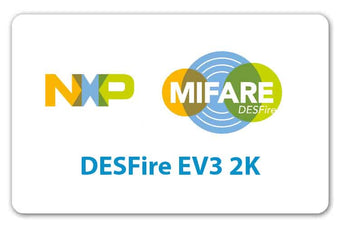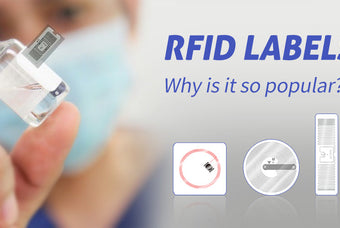Introduction:
In the ever-evolving landscape of technology, the integration of Radio-Frequency Identification (RFID) has transcended beyond traditional applications and found a new frontier in the realm of animal tracking. RFID implantable labels, also known as microchips, have emerged as a groundbreaking solution for pet owners, livestock managers, and wildlife researchers alike. This technology offers a myriad of benefits, from reuniting lost pets with their owners to revolutionizing the way we monitor and manage wildlife populations.
Understanding RFID Implantable Labels:
RFID implantable labels are small electronic devices that use radio waves to transmit information wirelessly. These tiny chips, usually about the size of a grain of rice, are implanted beneath the skin of an animal. Each chip contains a unique identification number that can be read by an RFID scanner. The information stored on the chip is crucial for identifying and tracking individual animals.
-
What is an RFID animal implantable label?
An RFID animal implantable label, also known as a microchip, is a small electronic device that uses radio-frequency identification technology to store and transmit information wirelessly. It is typically implanted beneath the skin of an animal, providing a unique identification number that can be read by an RFID scanner.
-
How does RFID technology work in animal implantable labels?
RFID technology uses radio waves to transmit data between an RFID reader and the microchip. The microchip contains a unique identification number that is linked to information about the animal, such as its owner's contact details, medical records, or other relevant information.
-
What is the purpose of implanting RFID labels in animals?
The primary purposes of implanting RFID labels in animals include pet identification, livestock management, and wildlife conservation. In pets, it serves as a permanent form of identification for reunification with owners. In livestock, it aids in individual animal tracking, health monitoring, and herd management. For wildlife, RFID helps researchers study and monitor species without causing undue stress.
-
Is the implantation process painful for animals?
The implantation process is typically quick and relatively painless for animals. It is comparable to a routine vaccination or injection. Veterinarians or trained professionals perform the procedure, ensuring minimal discomfort for the animal.
-
Are RFID animal implantable labels safe for animals?
RFID animal implantable labels are considered safe for animals. The materials used in the microchips are biocompatible, and adverse reactions are rare. Research has shown that the benefits of using RFID technology in animal identification and tracking outweigh potential risks.
-
How long does an RFID animal implantable label last?
RFID animal implantable labels are designed to last the lifetime of the animal. The devices have no moving parts and are sealed to prevent damage. Once implanted, they require no maintenance and continue to function for the duration of the animal's life.
-
Can RFID labels be tracked over long distances?
The range for tracking RFID labels is relatively short, typically a few inches to a few feet. The purpose is not to track animals over long distances but rather to facilitate close-range scanning for identification purposes.
-
What information is stored on the RFID animal implantable label?
The primary information stored on the RFID animal implantable label is a unique identification number. This number is linked to a database containing additional information about the animal, such as owner contact details, medical history, or other relevant data.
-
Are there privacy concerns associated with RFID animal implantable labels?
Privacy concerns are generally not applicable to animals, as the purpose of RFID implantable labels is to facilitate identification and tracking for the well-being of the animal. However, ethical considerations regarding consent and responsible use are essential aspects of discussions surrounding RFID technology.
-
Are there any legal requirements for implanting RFID labels in animals?
Legal requirements for RFID animal implantable labels vary by location. Some regions may have regulations or guidelines regarding the use of microchips in pets, especially for identification and traceability in livestock. It is advisable to check local laws and consult with a veterinarian for compliance.
Conclusion:
RFID implantable labels have become a powerful tool in animal identification and tracking, revolutionizing the way we manage pets, livestock, and wildlife. While challenges exist, ongoing research and ethical considerations are essential in ensuring the responsible and humane use of this technology. As the field continues to evolve, RFID implantable labels have the potential to make lasting contributions to animal welfare, agriculture, and conservation efforts.









